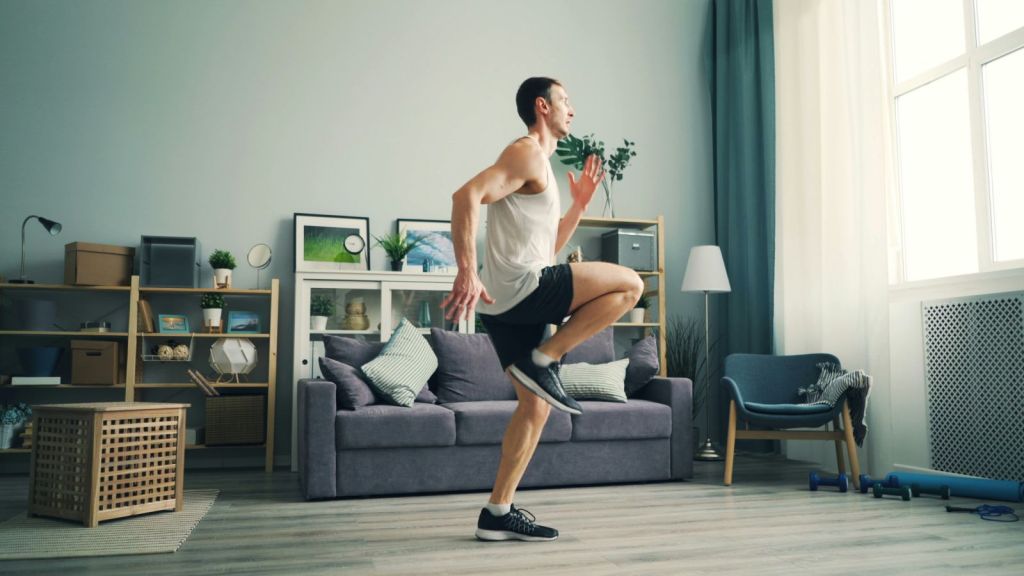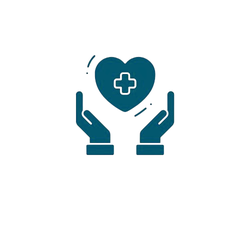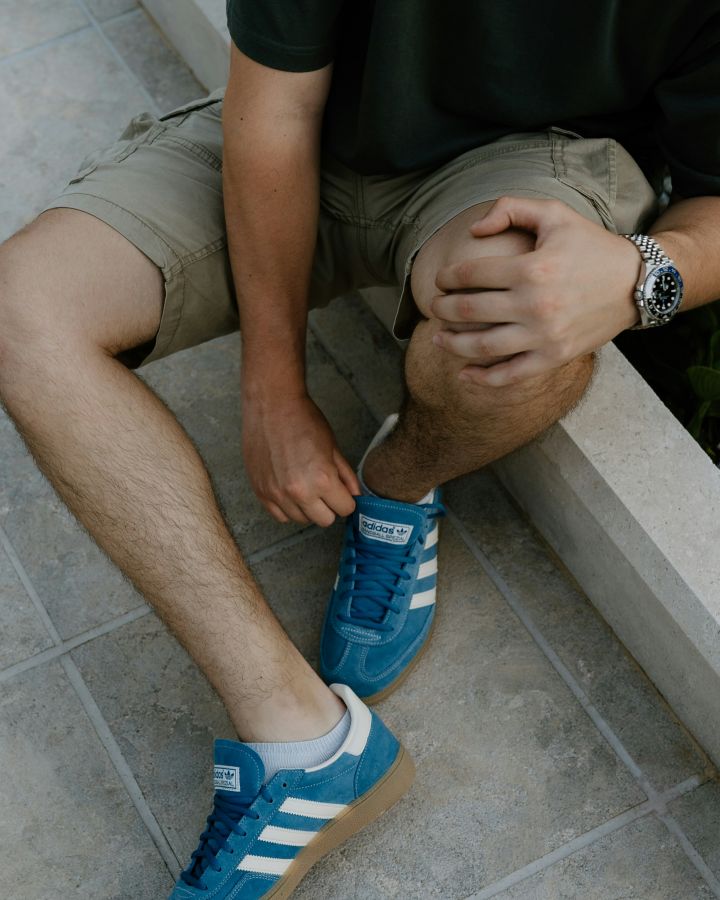Quick Answer
The early signs of knee joint pain at 40 are morning stiffness, activity-related ache, swelling, and pain on stairs or after sitting. Acting early with strength work, low-impact cardio, and load management prevents long-term damage.
Quick Action Plan
- Track symptoms for 14 days: stiffness duration, swelling, pain triggers, and daily steps.
- Train 3–4×/week: two strength sessions (quads, glutes, hamstrings, core) + two low-impact cardio sessions.
- See a clinician if pain persists >2 weeks, or if there is night pain, locking, instability, or visible swelling.
Sources: Harvard Health, NIH/NIAMS
Many people first notice early signs of knee joint pain at 40 during daily habits: getting up from a chair, walking downstairs, or standing after a long drive. These signals feel minor at first, but they are valuable clues. Catching them early helps you restore strength and mobility and avoid years of avoidable joint trouble. This guide explains what to look for, how to self-check safely, what to do at home, and when to seek professional help.
What are the very first signs of knee joint pain at 40?
Short morning stiffness, mild swelling, and an ache with stairs or after sitting.
Short-lived stiffness that eases within minutes of moving is common; swelling that makes the knee look puffy or feel warm is not. Pain on the front of the knee when walking downstairs or rising from a chair often points to early patellofemoral overload. A pattern of “fine at rest, sore after activity” suggests load is exceeding your current capacity.
How do you tell normal post-workout soreness from a red flag?
Normal soreness fades in 24–48 hours; red flags persist, worsen, or include swelling or instability.
If discomfort steadily improves with gentle movement and sleep, it’s likely training soreness. If pain lingers >48 hours, returns with light tasks, or comes with swelling, locking, giving-way, or night pain, treat it as a warning and adjust training or seek advice.
Which everyday situations reveal early knee changes?
Pain when descending stairs, standing from low chairs, kneeling, or after long sitting.
These situations load the knee through large ranges of motion. If the joint is irritated or the quadriceps and glutes are undertrained, the kneecap may track poorly and tissues protest. Logging the specific moments that hurt guides smarter exercise choices.
Does swelling always mean something serious?
No, but visible or warm swelling means the joint is irritated and needs load changes.
Small effusions can follow a training spike or a twist. Reduce load, switch to low-impact cardio, and add recovery work for several days. If swelling recurs repeatedly, have the knee assessed to rule out meniscus irritation or early arthritis.
Can clicking or grinding (crepitus) be an early sign?
Occasional clicks are common; grinding with pain suggests overload or early cartilage changes.
Sound alone is rarely a problem. But if grinding comes with pain or swelling, modify activity and prioritize technique and strength. Consider taping or a simple knee sleeve short-term for comfort while you rebuild capacity.
How should you self-check your knee safely at home?
Use a gentle four-part screen: sit-to-stand, step-down, squat depth, and single-leg balance.
Sit-to-stand: from a chair, stand up and sit down 10 times smoothly. Pain or wobble suggests weak quads/glutes. Step-down: from a 15–20 cm step, tap the heel and return 8–10 reps; watch for the knee drifting inward. Squat depth: squat to a comfortable depth with heels down; stop where form holds. Single-leg balance: stand on one leg for 20–30 seconds. Note which tasks provoke discomfort and use them as progress markers.
What daily habits quietly make knees worse at 40?
Long sitting, old shoes, hard surfaces, and sudden training spikes.
Desk time reduces blood flow and stiffens the hips and ankles; worn-out shoes change alignment; abrupt “back to running” weeks overload tendons and cartilage. A simple fix is powerful: take a 2–3 minute movement break each hour, rotate footwear, and increase activity by no more than 10% per week.
Which exercises calm early knee joint pain at 40?
Low-impact cardio plus targeted strength for quads, glutes, and hamstrings.
Start with 10–20 minutes of brisk walking or cycling. Build strength with sit-to-stand, wall sits, step-ups, glute bridges, hamstring curls, and side-lying leg raises. Keep reps smooth, pause briefly in control, and stop with 1–2 reps in reserve. This approach reduces pain while improving capacity for life and sport.

What does a simple 2-week starter plan look like?
Alternate short strength sessions with easy cardio and mobility.
Week 1: Mon — Strength A (sit-to-stand 3×10, bridges 3×12, step-ups 3×8/leg); Wed — cycling or brisk walk 15–20 min; Fri — Strength B (wall sits 3×30–45 s, hamstring curls 3×12, side-lying leg raises 3×12/side); Sun — 20 min easy walk + 10 min mobility. Week 2: Repeat and add 1–2 reps per set or +5–10 seconds to holds. Keep technique clean and pain ≤3/10.
When should you see a doctor for early knee issues at 40?
Seek care if pain lasts >2 weeks or if you notice locking, giving-way, night pain, or significant swelling.
These signs may indicate meniscus or ligament involvement or active arthritis. A clinician can assess mechanics, tailor rehab, and decide if imaging is needed. Early guidance saves months of trial-and-error.
Which resources help you learn more and stay consistent?
Use authoritative sources and link related topics for a complete plan.
Start with Harvard Health and NIH/NIAMS. On your site, read Knee Joint Pain at 40 and Arthritis in Your 40s for deeper context.
FAQ: Early Signs of Knee Joint Pain at 40
Is stiffness at 40 normal?
No. Brief stiffness can be normal, but stiffness longer than 30 minutes suggests irritation and needs action.
Should I avoid exercise if my knees hurt?
Not necessarily. Switch to low-impact cardio and controlled strength; avoid high impact until pain settles.
Do I need imaging right away?
Usually no. Most early cases improve with graded rehab; imaging is reserved for trauma, locking, or persistent symptoms.
Related Articles
Protect Your Knees Starting Today
Early signs are a chance to act, not a sentence. Track symptoms, build strength steadily, and keep moving. With consistent habits and clear thresholds for seeking care, you can keep your knees comfortable and reliable for decades ahead.

